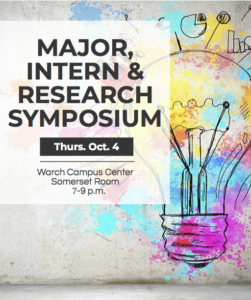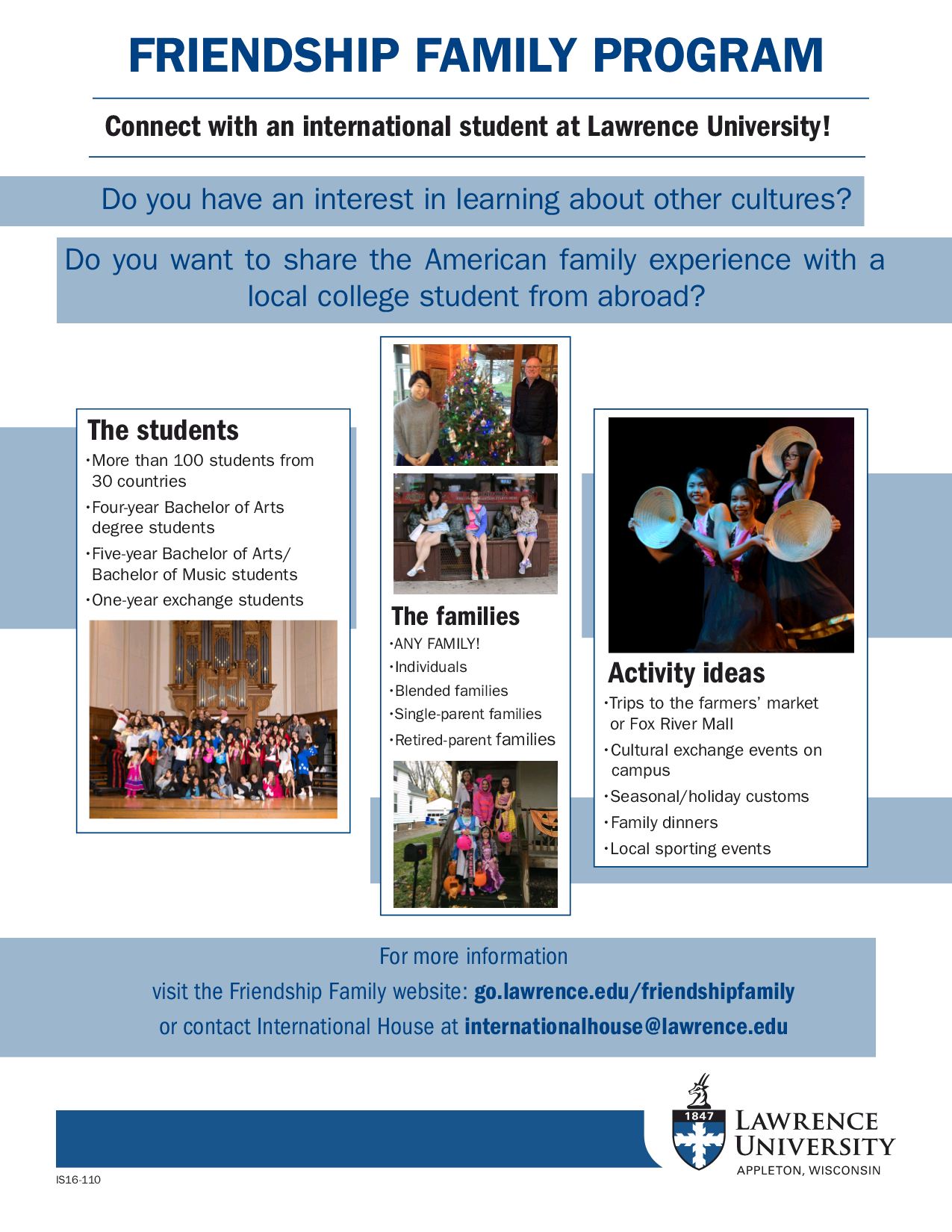For one week this term the Sustainability Steering Committee is challenging each of the major residence halls to reduce their energy usage by 15%. The building with the greatest energy savings will be entitled to bragging rights and a catered social in their honor.
Who has been challenged? Trever, Plantz, Kohler, Colman, Sage, Ormsby, and Hiett Halls.
When will the challenge take place? Sunday, November 4th – Saturday, November 9th.
How will we know who is winning? Every day, starting Monday, November 5th through Sunday, November 10th, students will receive an update on the competition standings via updates to building Facebook pages. Standings will also be published to the digital display boards around campus.
*Due to challenges with the metering system and renovations that will be occurring in Brokaw Hall, we are unable to include Brokaw in the Ecolympics this year. We also unable to include small houses due to constraints in the metering system. We are optimistic that Brokaw and small houses will be able to participate in future energy competitions!



